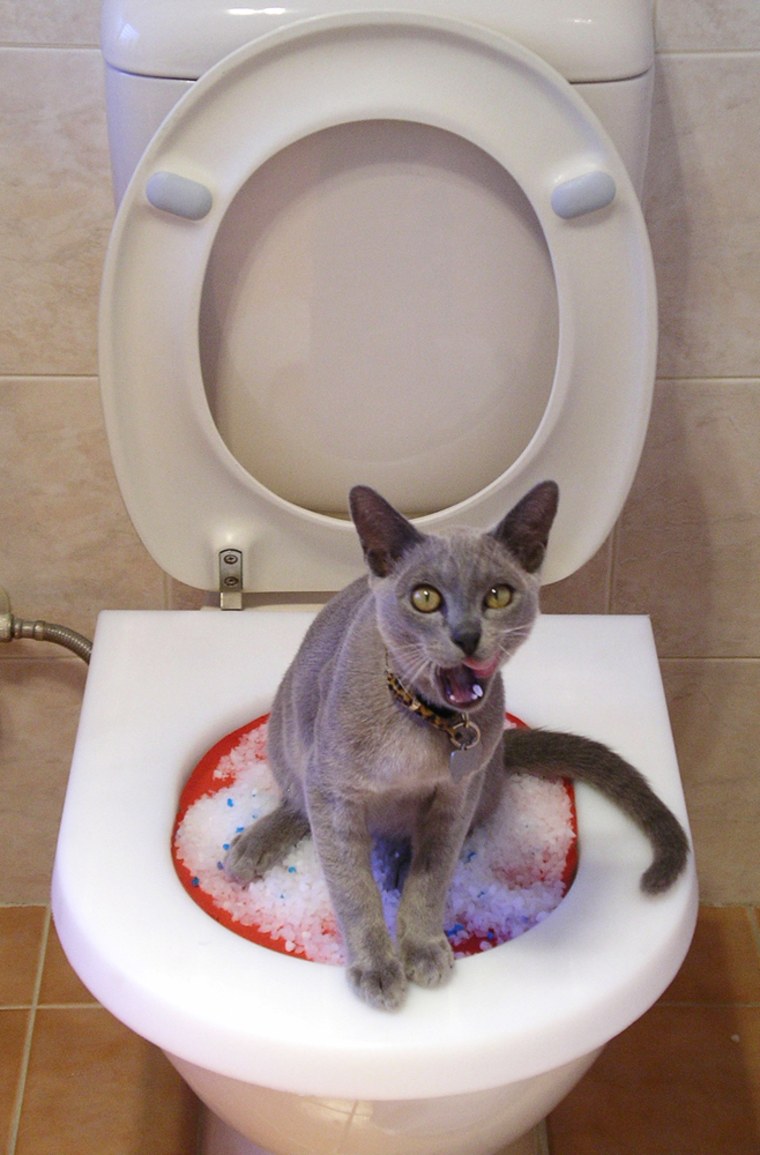Why You Should Never Flush Cat Poop Down Your Toilet - Important Information
Why You Should Never Flush Cat Poop Down Your Toilet - Important Information
Blog Article
Almost everyone has got their personal rationale on the subject of How to Dispose of Cat Poop and Litter Without Plastic Bags.

Introduction
As cat owners, it's essential to be mindful of just how we get rid of our feline good friends' waste. While it may appear practical to flush cat poop down the bathroom, this practice can have destructive repercussions for both the environment and human wellness.
Alternatives to Flushing
Thankfully, there are much safer and extra accountable ways to throw away cat poop. Take into consideration the adhering to choices:
1. Scoop and Dispose in Trash
One of the most common approach of getting rid of pet cat poop is to scoop it into a biodegradable bag and toss it in the garbage. Make certain to make use of a specialized clutter inside story and dispose of the waste immediately.
2. Usage Biodegradable Litter
Opt for eco-friendly feline clutter made from materials such as corn or wheat. These clutters are environmentally friendly and can be safely gotten rid of in the garbage.
3. Bury in the Yard
If you have a lawn, take into consideration burying pet cat waste in a designated area away from vegetable yards and water resources. Make certain to dig deep sufficient to stop contamination of groundwater.
4. Set Up a Pet Waste Disposal System
Buy a family pet waste disposal system especially developed for cat waste. These systems use enzymes to break down the waste, lowering smell and environmental effect.
Wellness Risks
Along with environmental problems, flushing feline waste can also position health threats to human beings. Feline feces might contain Toxoplasma gondii, a bloodsucker that can create toxoplasmosis-- a potentially serious ailment, particularly for expectant females and individuals with weakened immune systems.
Environmental Impact
Flushing cat poop introduces dangerous pathogens and parasites into the water supply, positioning a considerable danger to water environments. These pollutants can adversely affect aquatic life and compromise water high quality.
Final thought
Accountable family pet possession prolongs beyond offering food and shelter-- it also involves proper waste management. By avoiding purging pet cat poop down the bathroom and selecting alternative disposal methods, we can minimize our ecological impact and secure human health and wellness.
Why Can’t I Flush Cat Poop?
It Spreads a Parasite
Cats are frequently infected with a parasite called toxoplasma gondii. The parasite causes an infection called toxoplasmosis. It is usually harmless to cats. The parasite only uses cat poop as a host for its eggs. Otherwise, the cat’s immune system usually keeps the infection at low enough levels to maintain its own health. But it does not stop the develop of eggs. These eggs are tiny and surprisingly tough. They may survive for a year before they begin to grow. But that’s the problem.
Our wastewater system is not designed to deal with toxoplasmosis eggs. Instead, most eggs will flush from your toilet into sewers and wastewater management plants. After the sewage is treated for many other harmful things in it, it is typically released into local rivers, lakes, or oceans. Here, the toxoplasmosis eggs can find new hosts, including starfish, crabs, otters, and many other wildlife. For many, this is a significant risk to their health. Toxoplasmosis can also end up infecting water sources that are important for agriculture, which means our deer, pigs, and sheep can get infected too.
Is There Risk to Humans?
There can be a risk to human life from flushing cat poop down the toilet. If you do so, the parasites from your cat’s poop can end up in shellfish, game animals, or livestock. If this meat is then served raw or undercooked, the people who eat it can get sick.
In fact, according to the CDC, 40 million people in the United States are infected with toxoplasma gondii. They get it from exposure to infected seafood, or from some kind of cat poop contamination, like drinking from a stream that is contaminated or touching anything that has come into contact with cat poop. That includes just cleaning a cat litter box.
Most people who get infected with these parasites will not develop any symptoms. However, for pregnant women or for those with compromised immune systems, the parasite can cause severe health problems.
How to Handle Cat Poop
The best way to handle cat poop is actually to clean the box more often. The eggs that the parasite sheds will not become active until one to five days after the cat poops. That means that if you clean daily, you’re much less likely to come into direct contact with infectious eggs.
That said, always dispose of cat poop in the garbage and not down the toilet. Wash your hands before and after you clean the litter box, and bring the bag of poop right outside to your garbage bins.
https://trenchlesssolutionsusa.com/why-cant-i-flush-cat-poop/

We had been shown that editorial about Don’t flush cat feces down the toilet through a good friend on a different domain. For those who liked our blog posting plz don't forget to pass it around. We appreciate reading our article about How to Dispose of Cat Poop and Litter Without Plastic Bags.
Call Today Report this page